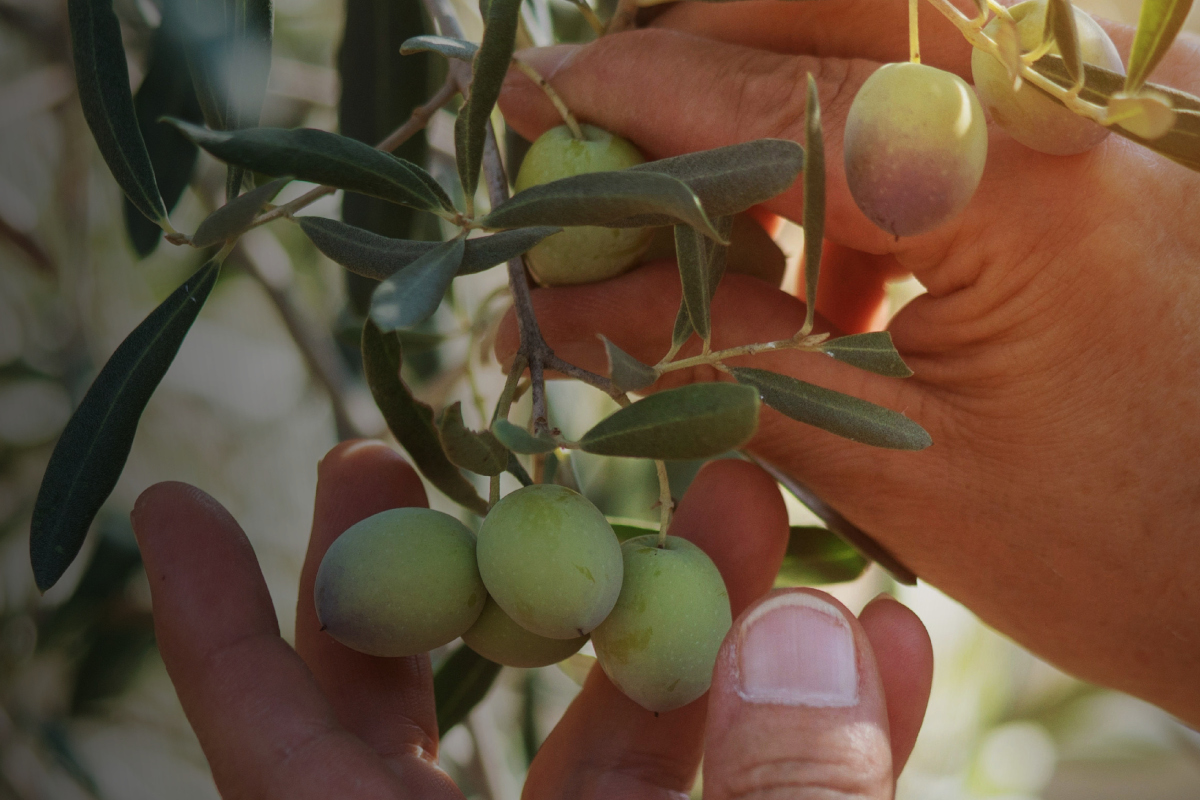
In recent months in Italy, there has been a real escalation in the requests for recognition of extra virgin olive oil with a Geographical Indication. The novelty lies in the attempt to replicate a successful model, that of Olio Toscano PGI. An exemplary case as even before the EU certification it has focused on a production area such as Tuscany, which is well known all over the world.
This has proved decisive in the success of Olio Toscano PGI, which over the years has managed to associate a significant number of producers (up to 9,000), and reach certified volumes of up to 4,000 tons equal to about 20% of all Italian olive oil with a protected designation. The remaining 80% is made up of more than 40 PDO olive oils scattered throughout Italy. The sole exception is Terra di Bari PDO oil that, after years of work, has managed to reach volumes similar to those of the Olio Toscano PGI.
Discover the authentic Italian evo oil on the Italianfood.net platform
THE IMPORTANCE OF BEING RECOGNIZABLE
The key issue is recognizability. To date, between new authorizations and requests, there are PGI olive oils from Marche (25 tons certified), Calabria (281 tons), Sicily (757 tons), as well as Puglia PGI and Lucano PGI, which were recognized in December 2019 and October 2020 respectively.
The PGI olive oils of Puglia, Calabria, and Sicily have truly significant potential. And these areas – considering the migratory waves of the past and the high tourist flows of today – are also strongly recognizable abroad.
“It all started a few years ago – explains David Granieri, president of Unaprol, one of the main Italian associations of olive producers – when we realized that the Italia PGI olive oil project would not be successful. Since then we have shifted our attention to regional brands that can boast evocative territorial names, and at the same time allow producers to put together significant volumes. You can only really make an impact if you play a real role on the market, whereas if you remain anchored in niches that are too small you remain on the margins”.
